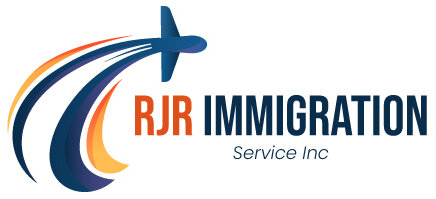Table of contents
- What is maintained status?
- What is a permanent resident application?
- Do I hold maintained status by submitting a permanent resident application?
- Let us help!
What is maintained status?
Before discussing the relationship between permanent resident applications and maintained status, let’s define the latter. Most temporary residents may request extending or changing their status in Canada. Sometimes the officer does not decide on their application beyond the validity of their old status. However, they keep their old status in Canada until they receive the decision. IRCC used to call this situation an implied status, but they changed the term to maintained status.
Let me share an example with you. Let’s say you enter Canada, and the Border Services Officer allows you to remain there until June 1. You decide to extend your stay beyond June 1 and submit a Visitor Record application on May 15. However, the initial expiry date of June 1 has passed, and you have not received a decision. Are you legally in Canada? The answer is yes because you have a maintained status. Luckily you keep your visitor status until you leave Canada or an officer decides on your application. Of course, if the decision is favourable, you’ll have a new expiry date. However, if the decision is unfavourable, you must leave Canada immediately or apply for Restoration of Status.
What is a permanent resident application?
A permanent resident application is a formal request to immigrate to Canada. People could apply for permanent residency under any of the following possible paths:
- Family reunification
- Economic immigration
- Refugee applications
- Special pathways:
- H&C – Humanitarian and Compassionate grounds
- Permit Holder Class
Some permanent resident applicants reside in Canada while applying for immigration. Nonetheless, they must hold valid Visitor Records, work permits, or study permits to remain in Canada. Some exceptions exist, such as TRP holders or protected persons.
Do I hold maintained status by submitting a permanent resident application?
A permanent resident application does not extend your temporary status in Canada. Moreover, if you already have a permit, a PR application does not enter you in maintained status. Therefore, regardless of your permanent resident application, you must take other steps to remain in Canada legally. Here are some options you may pursue.
- Bridging Open Work Permit (BOWP) – This option offers an open work permit. However, it is available for specific immigration options:
- Federal skilled worker class (FSWC)
- Canadian experience class (CEC)
- Federal skilled trades class (FSTC)
- Caring for children class or caring for people with high medical needs class before June 18, 2019
- Provincial Nominee Program (PNP) for applicants for whom there are no employer restrictions on nominations
- Agri-Food Pilot (AFP)
- Quebec skilled worker class (QSWC) – Source: IRCC
- Applying for an employer-based work permit – Sometimes, you have no choice but to apply for an employer-based work permit. For example, a BOWP is not available to the Federal Self-employed program.
- Receiving an open work permit – Refugee applicants and some Permit Holder Class applicants qualify for open work permits. Furthermore, you sometimes qualify for an open work permit because your spouse or common-law partner studies or works in Canada.
- Applying for a study permit – If you intend to study in Canada, you may apply for a study permit while waiting for your PR application decision. However, the permanent resident application does not encourage the officers to issue your study permit. Thanks to Dual Intent provisions, it also won’t cause the refusal of the application.
- Applying for a Visitor Record – If you do not intend to work or study in Canada or do not qualify for those options, you may apply for a Visitor Record. This document allows you to remain in Canada, but you may not work or study in Canada unless authorized. I have two other articles that discuss working without a permit and studying without a permit.
Please consider this list as a broad guideline. It does not cover all the scenarios.
